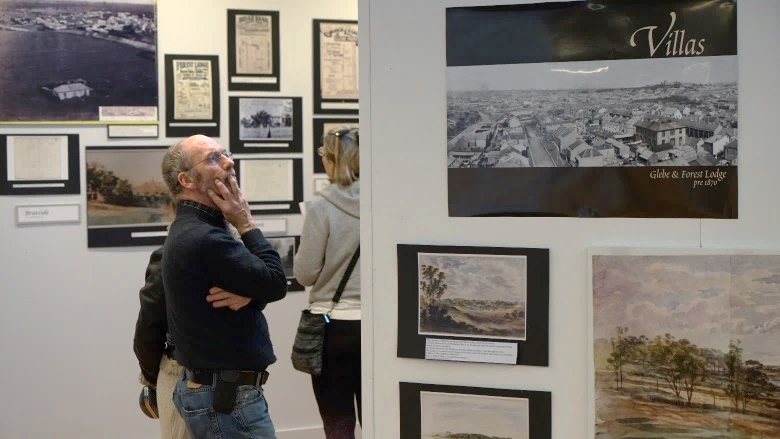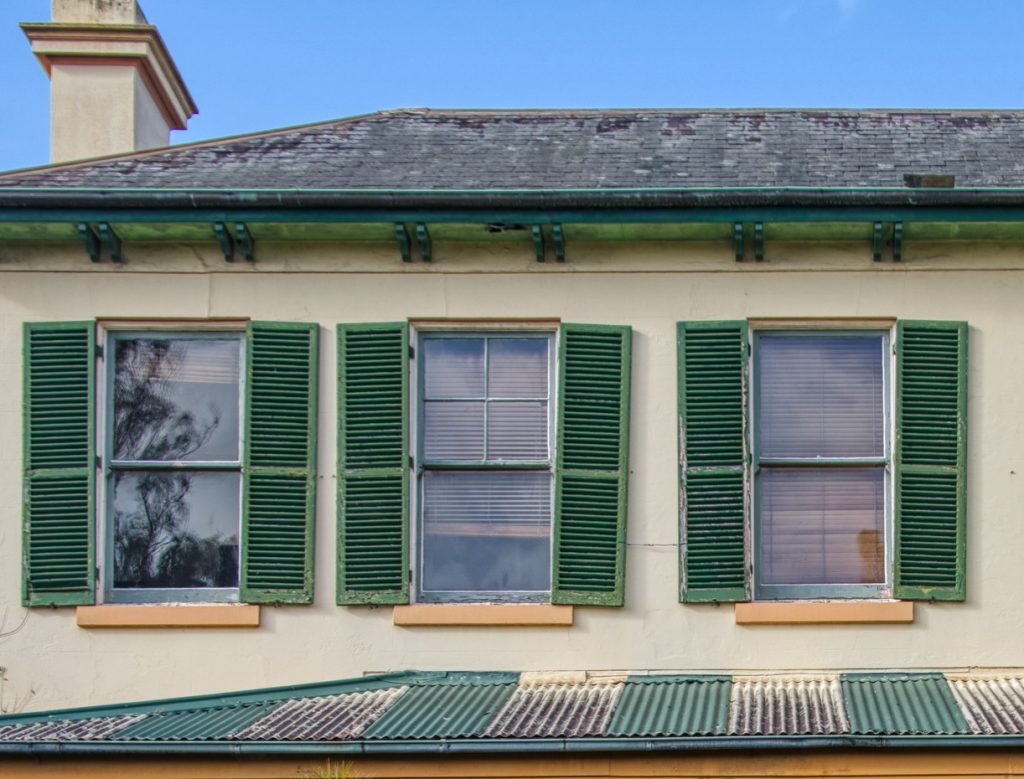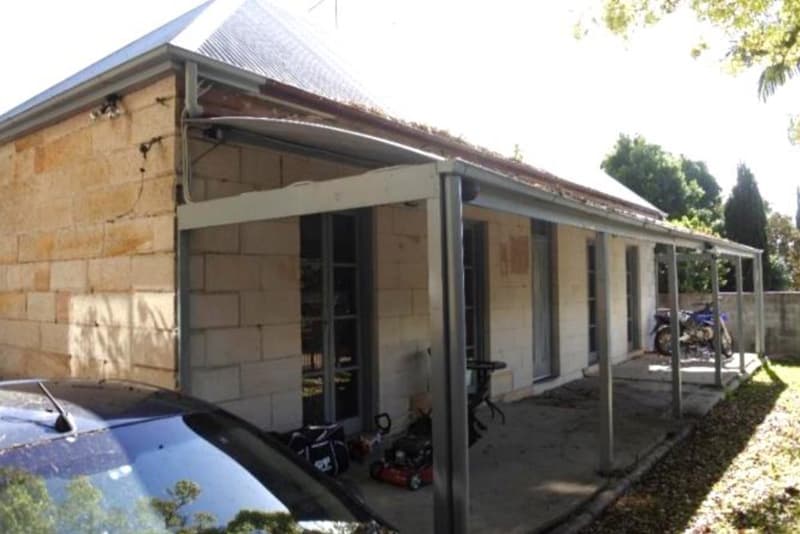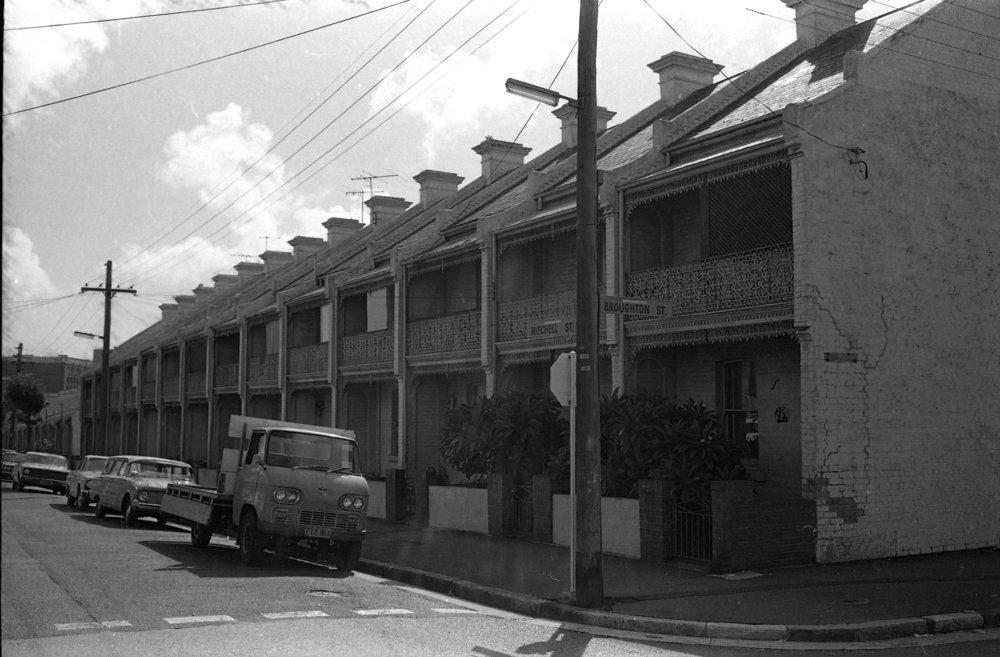 by Brian Fuller, Heritage Subcommittee Convenor, for Bulletin 7 of 2020 (September 2020)
by Brian Fuller, Heritage Subcommittee Convenor, for Bulletin 7 of 2020 (September 2020)
Membership
Members of the Heritage Subcommittee are: Lydia Bushell, Margaret Cody, Lyn Collingwood, Peter Crawshaw, Rodney Hammett, Robert Hannan, Allan Hogan, Joseph King, Ted McKeown, Jude Paul and Brian Fuller.
In normal times our monthly meetings are held at the State Heritage listed Rothwell Lodge, and we are grateful to our hosts Peter and Robert for their continued hospitality. Hopefully we will return at some point, but for much of 2020, Zoom meetings have been the common but necessary alternative.
I wish to express my appreciation to all subcommittee members for their passion, dedication and collaboration as a team. Some of our work is highlighted below.
Community Engagement
The subcommittee continues to work with the community, be they local or relatives of locals past or present. In the past year we have processed some 71 enquiries (more than one per week) from the community that seeks information on earlier generations of their family and/or the homes they may have lived in.
Some of the more detailed enquiries that have necessitated additional research and collation of information have related to the following:
- The Police Citizens Boys Club and the NSW Police Rowing Club in Federal Park (1933-1962),
- Builder & architect Henry Beeson,
- A 1900 marriage at 20 Boyce St,
- Recollections of Maritime Services Board plans in Bicentennial Park area by a retired MSB employee,
- A family who lived in Glebe from the 1920s -1948 at 165 Glebe Point Rd,
- History of 198 Hereford St, Forest Lodge,
- History of 23 Toxteth Rd, Glebe
The research and follow up communication are very capably undertaken by historians Lyn Collingwood and Rodney Hammett. The subcommittee is hugely indebted to both for the volume of voluntary work they undertake. In addition, Rodney and Lyn have written six Who Lived in our Street articles and another seven articles that have resulted from the community enquiries and the research undertaken, all published in the Bulletin, such that they become a permanent record for future generations.
The mystery photos are a regular feature of the Bulletin and if you come across a photo of an earlier time in Glebe or Forest Lodge, please forward to history@glebesociety.org.au
We have a waiting list of 12 people wanting to participate in a ‘How to research your Home’ session. COVID-19 has meant we have had to delay the sessions for the time being.
National Trust Entry
The Heritage subcommittee, on behalf of the Glebe Society, lodged an entry for our 50th anniversary celebrations in the National Trust Heritage Awards 2020. These awards recognise events in the previous year and one of the categories is Heritage Events, Exhibitions and Tours.
Our application was supported by a number of wonderful letters of commendation from visitors to the celebrations, including Elizabeth Heathcote, the daughter of the Glebe Society’s first President, Bernard Smith along with Peter Watts, founding Director of the Historic Houses Trust of NSW. Peter commented that having been responsible for hundreds of professional exhibitions related to the history, architecture and planning of Sydney, ‘I was quite unprepared for the quality of the exhibition that formed the centrepiece of the exhibition. Frankly, it was an extraordinary professional achievement for a volunteer community organisation’. Unfortunately, like so many other events of 2020, delivery circumstances have had to change. The National Trust has had to revise its program for shortlisting and final announcements and is waiting on the Sponsor (NSW State Government) to approve those changes. Thank you to Jude Paul for steering the entry.

Preserving Our Heritage
We remain committed to actively pursuing the preservation of our heritage assets. Worthy of mention are State listed Bidura House at 357 Glebe Point Rd, Glebe, locally listed Yelvertoft at 75 Hereford St Forest Lodge and the St Phillips Conservation Area 32.
Bidura House
Many members would be aware that the current owner wishes to replace the old Metropolitan Remand Centre with a multi-level apartment building, all to the rear of Bidura House. An appeal against the redevelopment to the Land and Environment Court was unsuccessful and a new DA has been anticipated for some time. Until that DA is submitted there is no indication as to the future use of Bidura House.
In the meantime, the exterior of the House is deteriorating significantly. The house has had a ‘For lease’ sign erected for over 3 years, is looking neglected, particularly obvious from Glebe Point Rd, with falling slate tile roof tiles, dilapidating shutters and the front fence in need of repair. Neither the City of Sydney nor the State Government appears to be aware or interested in preventing further deterioration to the House in order to prevent ‘demolition by neglect’.
The Heritage Act 1977 provides controls for the maintenance of listed heritage assets. In the case of locally listed assets, those powers are delegated to Councils, but not policed. The bottom line is that until there is a DA submitted in respect of a property, there is no monitoring of the state of repair and condition of these heritage assets. As they age, the issue becomes more critical.

We have commenced to highlight Bidura House as an example of the inadequacy of the maintenance obligations. This inadequacy needs to be addressed by the Heritage Council in the first instance, putting in place the right processes both for State listed assets and followed by a requirement for Councils to do likewise for locally listed assets.
Clause 118(1)(d) of the Heritage Act provides for essential maintenance and repair to be undertaken to prevent serious or irreparable damage, or deterioration, and Clause 15 of Part 3, Division 1 of the Regulation details the extent of essential repairs that must be carried out whenever necessary.
As the controls contained within the Heritage Act 1977 and the Heritage Regulation 2012 are not delegated to another Authority in respect of State Heritage Listed items, we have written to the Heritage Council calling upon it to satisfy itself as to the extent of essential repair and maintenance needed to protect Bidura House as intended by its addition to the State Heritage Register, and to direct the owner accordingly.
We wrote to the Heritage Council in mid-July and are still waiting on a response. It will no doubt take some considerable pressure to bring about action both by the Heritage Council and local Councils, at the same time ensuring positive incentives encourage property owners to engage in heritage restoration.
Yelvertoft
As advised in the July edition of the Bulletin, City of Sydney has refused the Development Application for the construction of a two-storey residence to the rear of the heritage listed Yelvertoft. The new dwelling was to front Alfred St, and would have significantly diminished the curtilage of this heritage cottage.
This was the second DA in respect of a redevelopment to the rear of the property. As was the case with this DA, the City of Sydney refused that first Application, and the owner subsequently appealed to the Land and Environment Court, which in turn made certain recommendations to the owner. At this stage it is not known if the owner will again appeal to the Court.
It was noted at the time of preparing the Society’s objection to this second DA, that the approval to subdivide along the Hereford St frontage some 20 years ago contained certain conditions imposed on the owner. One related to the reinstatement of the front verandah elements to original form. It was not undertaken nor policed.
This is another example of no action by an agency to ensure heritage assets are protected to the extent that they should be. An outcome by the Heritage Council in relation to Bidura House will influence our actions in relation to locally listed assets such as Yelvertoft.

St Phillips Conservation Area 32
This Conservation Area contains the Glebe Estate a unique example of early workers cottages so close to an Australian CBD and largely still intact.
The Assessment of Significance for this Heritage Conservation Area as published on the Office of Environmental Heritage website highlights some key characteristics of the St Phillips Heritage Conservation Area 32, namely
HISTORIC
- Working class terrace development
- Inter war church housing development
- Pattern of Pubs due to working class character
- Post 1974 public housing development and rehabilitation program
- Protection of original buildings due to resident action
AESTHETIC
- Victorian character supported by other historic layers
- Extent of public housing during interwar years and 70/80s
- High level of integrity of the building stock and architectural intactness
- Survival of 1870s commercial and residential development so close to the CBD
- Ability to illustrate various periods of styles and building types
You may have read (July Bulletin) of the proposals by the Land and Housing Corporation of NSW, in partnership with the Princes Trust (as in Prince Charles) to redevelop the properties at 17 – 31 Cowper St and 2A/2D Wentworth Park Rd, providing a mixture of private and public (social) housing in the form of x 2, multi-story buildings.
The City of Sydney is currently drafting a Planning Proposal, which amongst other things, removes these properties from the Heritage Conservation Area, thereby amending the Sydney Local Environmental Plan. The proposed architecture is in complete contradiction to the characteristics of the Conservation Area.
Whilst the properties are on the extreme perimeter of the Heritage Conservation Area, the removal of them creates precedent for similar actions over other properties well within this Conservation Area, which in turn has significant implications for the future direction of the Glebe Estate.
This very unique asset must be vigorously protected.
What appears to be missing is comprehensive strategy by the City in relation to preserving the unique heritage significance of the Glebe Estate, whilst boosting the provision of public housing close to the CBD.
The work continues …











There are no comments yet. Please leave yours.